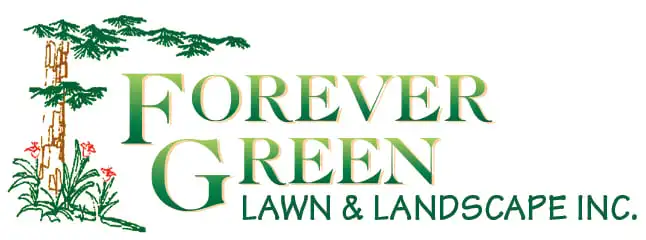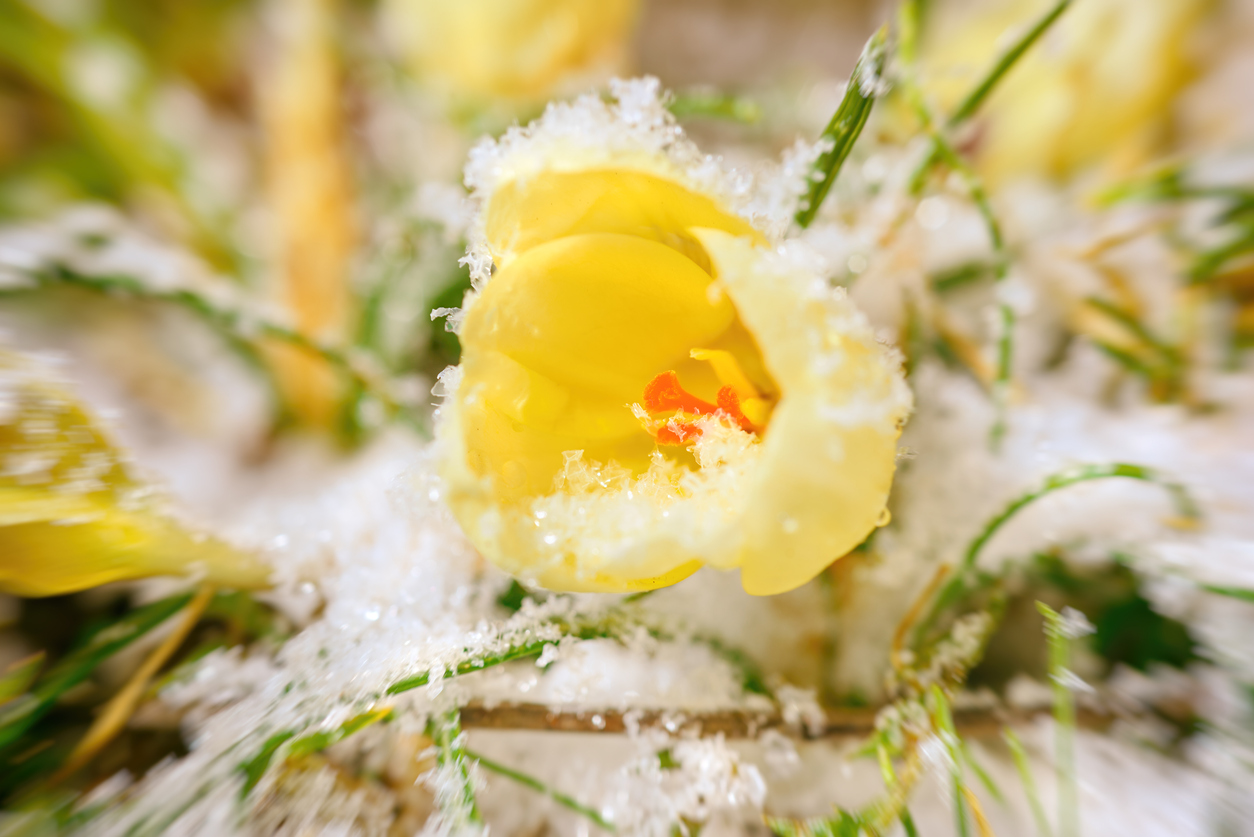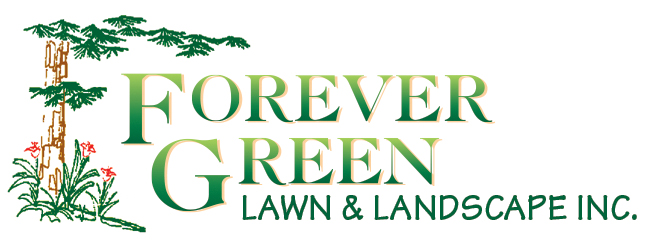Cold, hard winter conditions can do a number on your once beautiful lawn, leaving behind patchy brown spots, mould, and even salt damage. Taking preventative measures to protect your lawn against the freezing temperatures and wet conditions is important. It could save you from a lot of hard work and frustration in the spring. It’s easier to prevent winter lawn damage from happening than it is to reverse it.
With that in mind, we’ve prepared a list of possible lawn damages your grass might incur this winter and tips for preventing them from happening in the first place.
Common Types of Winter Lawn Damage
At FOREVER GREEN LAWN & LANDSCAPE INC., our team of landscaping experts are dedicating to educating our clients about all of the following winter lawn damages and how to effectively prevent them.
Moss
Moss thrives in damp and wet environments, which is why it’s so common in the winter. In addition to hampering the health and aesthetic appeal of your lawn, the slick texture of moss also poses potential safety hazards for anyone who uses your outdoor space.
Liverwort
Like moss, liverwort thrives in damp, cold, and shady environments. It’s a major pest for a lot of property owners because it lessens the aesthetic appeal of their outdoor spaces. Liverwort resembles massive growths and can spread through spores, encompassing pretty much any hard surface in your yard.
Voles
Voles are small rodents with a penchant for burrowing in grass and soil during the winter months. You most likely won’t notice the damage they’ve caused (leaving tunnels and tracks all across your lawn) until after the snow melts. Fixing the damage is easy, though. Simply even out the turf and soil. Then re-seed the impacted areas and your grass should be good as new in no time.
Snow Mould
Snow mould is a type of fungus that infects your lawn either from beneath the surface of the ground or under a heavy blanket of snow. It can appear either grey or pink in colour. The best course of action for removing snow mould is to remove the entire affected patch of grass and replant it.
Crown Hydration
Crown hydration occurs when grass starts to retain large amounts of water in warmer weather. If the water isn’t drained by the time the first frost of winter hits, then the hydrated crown freezes up, trapping the water inside. This is extremely harmful to your grass because the frozen water destroys cell membranes and removes the moisture from the grass, which could effectively kill it.
Winter Desiccation
Winter doesn’t just dry out your skin; it can also dry out your plants and lawn as well! Plants have a natural process of trying to replenish moisture as often as possible after it dissipates. However, winter frost freezes the ground, preventing your plants from absorbing the moisture and nutrients they need to survive. This process is called winter desiccation and it happens when the amount of moisture lost far exceeds the amount that’s absorbed.
Salt Damage
Did you know that the chemicals in the de-icing salt and snow melt can actually damage your grass? Among other things, plants that are exposed to high levels of salt can suffer a great deal of root damage, which prevents them from absorbing the nutrients and moisture they need to survive.
Thatch Damage
Thatch is an entangled layer of both living and dead roots, shoots, and stems. It forms between the top layer of green grass and the surface of your soil. Thatch is the result of organic debris being produced faster than the time it takes to break it down and re-absorb it into the ground. Even though thatch is composed of organic matter, it can prevent rich essential nutrients from being absorbed by both the grass and topsoil, which also prevents new grass from growing.
Poor Drainage
Poor drainage culminates in pooling or standing water throughout your property, leading to over hydration. Too much water can drown or suffocate your plants by cutting off their air circulation. Standing water is common in areas with a lot of slopes or hills where excess rain and melted snow water usually don’t have anywhere else to go. It can also be caused by broken water mains, burst pipes, or damaged catch basins on your property.
Tips for Proper Winter Lawn Care
Now that you’re aware of some of the most common problems your lawn may be facing this winter, it’s time to learn about some of the preventative measures you can take to protect your outdoor space.
Fertilize Your Lawn in the Winter
Fertilizing your lawn throughout the year ensures that your grass and other plants are receiving all of the macro and micronutrients they need to stay healthy and strong. When choosing an appropriate fertilizer for your lawn, always make sure to read the label and follow all of the directions. Keep in mind that in most cases, when it comes to fertilizer, less is more.
Start by mowing your lawn to remove any and all dormant or dead foliage. Sprinkle a light layer of fertilizer on your lawn and then gently water it, allowing the fertilizer to be absorbed.
Mow Your Lawn
You should continue mowing your lawn late into the autumn season when the temperature begins to drop. That way, you can remove all dormant and dead foliage before the cold climate begins. Failing to mow or rake your lawn in the fall allows for dead leaves and foliage to get stuck under the heavy snowfall.
A combination of heavy moisture, dead foliage, and dry ground facilitates the potential for mold, liverwort, and moss growth.
Weed Your Lawn
The best way to prevent weeds from taking over your lawn is to simply implement good gardening and lawn care practices throughout the growing season. Mowing and watering your lawn regularly will guarantee that grass creates enough of a shade on your soil to prevent weeds from germinating.
It also gives you an opportunity to spot the growth potential for weeds and remove them before they have the chance to fully grow. Weeding your lawn in the late fall is ideal because it also prevents weeds from spreading their seeds and makes it easier for you to keep your lawn weed-free throughout the year.
Aerate Your Lawn
We recommend aerating your lawn during the fall. Aerating involves creating small holes in throughout your garden that allow the roots of your grass and other plants to breathe and absorb nutrients more easily. It’s also an excellent way to reduce thatch build up, which can cut off air circulation, especially in the winter months when the ground is frozen and covered in blankets of snow.
FOREVER GREEN LAWN & LANDSCAPE INC. has been beautifying residential and commercial landscapes in Toronto and the GTA for over two decades. Let us help you revitalize your lawn this winter season. Contact us today to book a free consultation with one of our lawncare experts!


